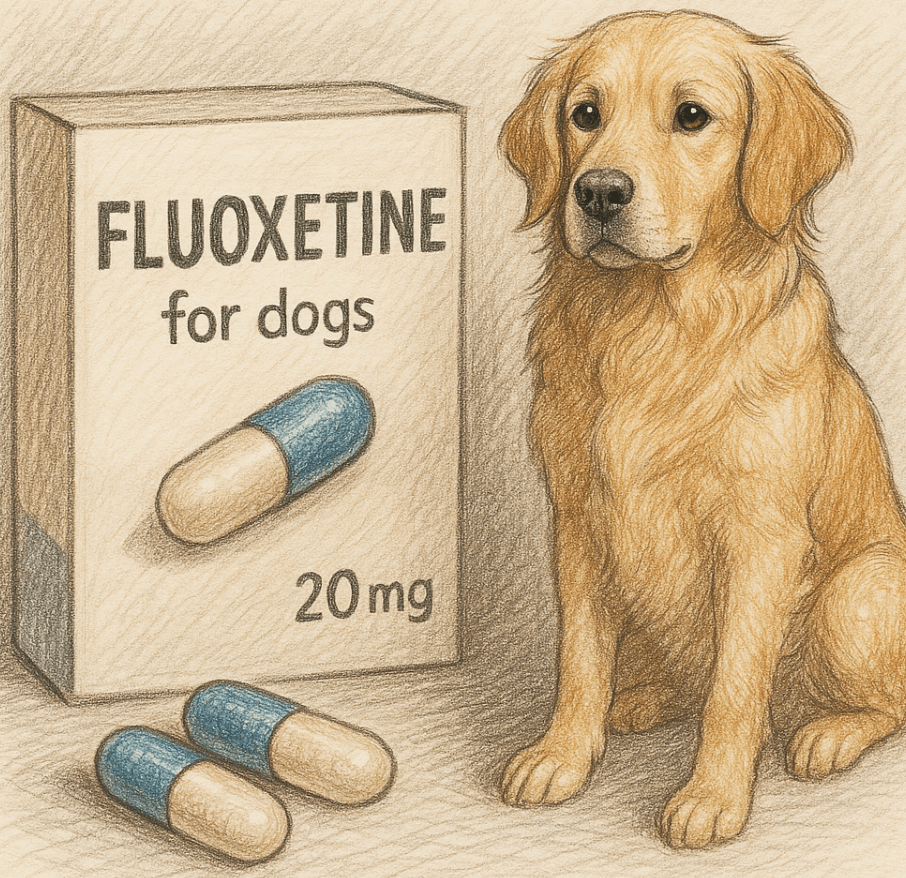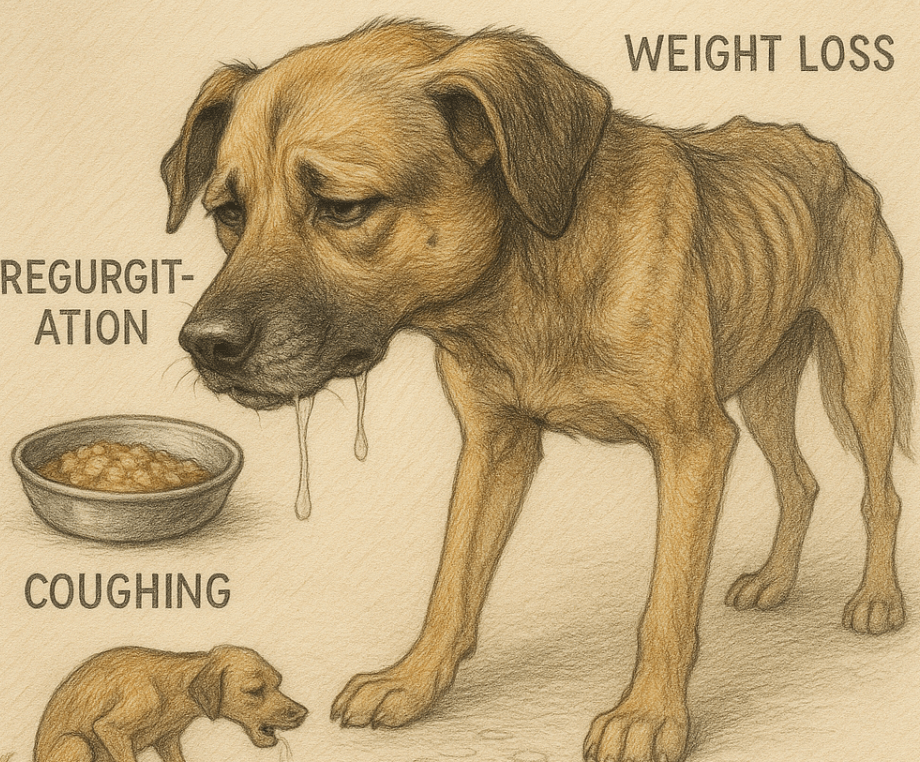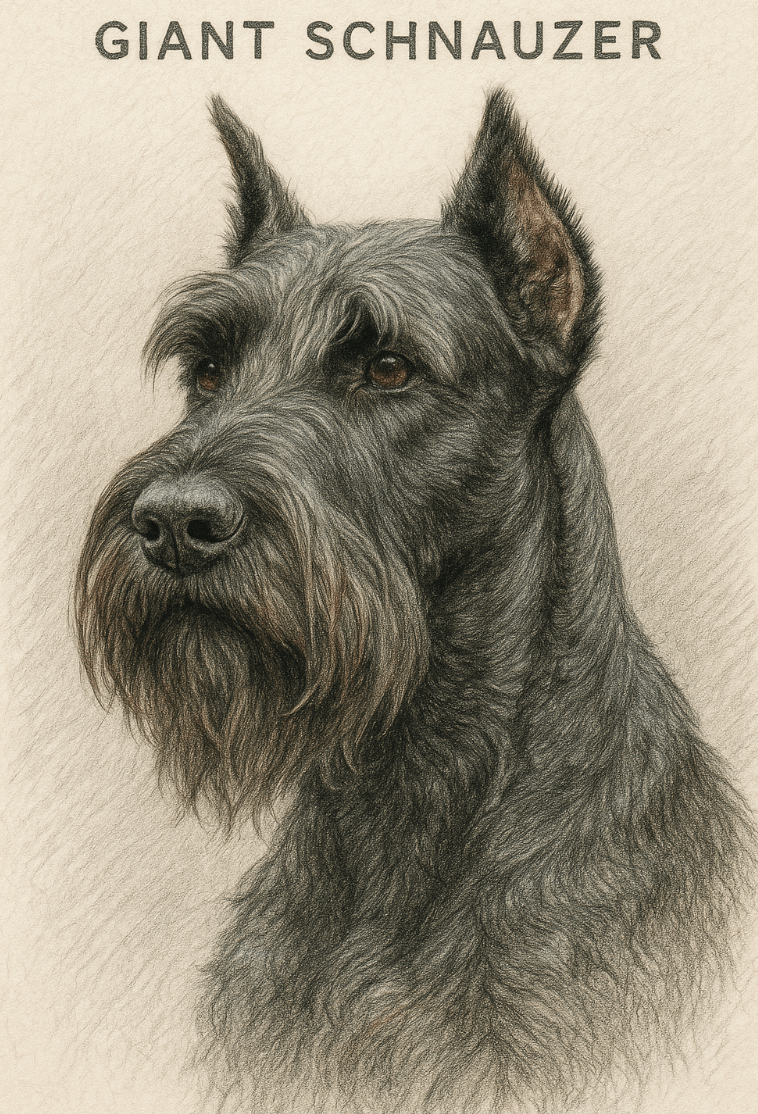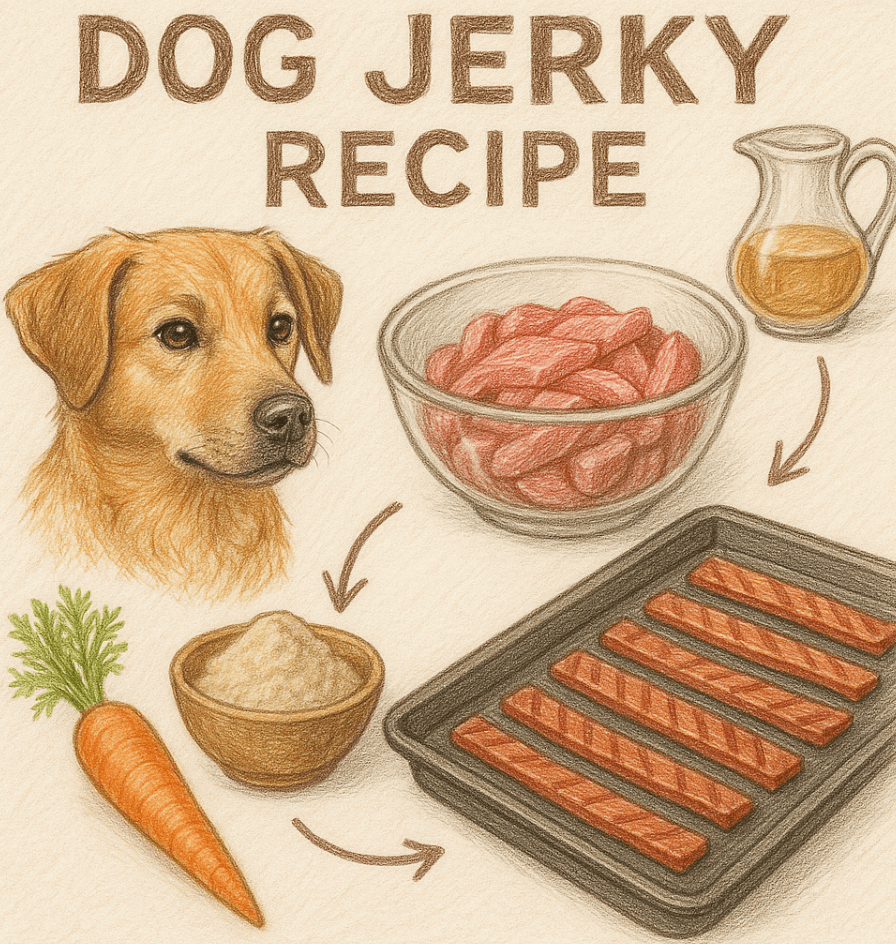CBLO Surgery for Dogs: What You Need to Know
If your dog has been diagnosed with a condition requiring CBLO (Caudal Buttress Levator Ostectomy) surgery, you may be feeling overwhelmed. This specialized procedure is often recommended for dogs suffering from certain orthopedic issues, particularly those affecting the pelvis or hind limbs. While it may sound intimidating, CBLO surgery can significantly improve your dog’s mobility and quality of life when performed by a skilled veterinary surgeon. In this blog post, we’ll explore what CBLO surgery entails, why it might be necessary, how to prepare for the procedure, and what to expect during recovery. By the end, you’ll have a clearer understanding of this surgery and feel more confident about supporting your furry friend through their healing journey.
What Is CBLO Surgery and Why Is It Performed?
CBLO surgery is a specialized orthopedic procedure designed to address specific issues in a dog’s pelvic region, particularly those related to hip dysplasia or other joint abnormalities. Understanding the purpose and goals of this surgery can help you make informed decisions about your dog’s care. Here are some key points about CBLO surgery:
Corrects Hip Dysplasia: CBLO is often used to treat severe cases of hip dysplasia, where the hip joint does not develop properly.
Improves Mobility: The surgery aims to restore proper alignment and function of the hip joint, reducing pain and improving movement.
Minimally Invasive Option: Compared to traditional surgeries like total hip replacement, CBLO is less invasive and preserves more of the dog’s natural anatomy.
Targets Younger Dogs: It is particularly effective for younger dogs with developmental joint issues who need a long-term solution.
Prevents Further Damage: By correcting misalignment early, CBLO can prevent secondary conditions like arthritis or muscle atrophy.
CBLO surgery offers a promising solution for dogs struggling with hip-related problems, helping them lead happier, more active lives. Always consult your veterinarian to determine if this procedure is right for your dog.
Preparing Your Dog for CBLO Surgery
Proper preparation is essential to ensure your dog has the best possible outcome from CBLO surgery. Taking the time to get ready can reduce stress for both you and your pet. Here are some steps to follow before the procedure:
Consult Your Veterinarian: Discuss the surgery in detail, including risks, benefits, and expected recovery time.
Conduct Pre-Surgical Tests: Blood work, X-rays, and other diagnostics may be required to assess your dog’s overall health.
Adjust Diet and Exercise: Follow your vet’s recommendations for dietary changes or activity restrictions leading up to the surgery.
Prepare Your Home: Create a comfortable, quiet space for your dog to recover, free from hazards or stairs.
Gather Supplies: Stock up on essentials like soft bedding, medications, and grooming tools to aid in post-surgery care.
By preparing thoroughly, you can set the stage for a smoother surgical experience and faster recovery. A little effort beforehand goes a long way in ensuring your dog’s comfort and well-being.
Check this guide 👉Dog Cataracts Surgery Cost: Best 7 Health Tips!
Check this guide 👉Understanding Entropion Surgery for Dogs: Best 7 Tips!
Check this guide 👉Cruciate Ligament Surgery for Dogs: Best 7 Expert Tips!
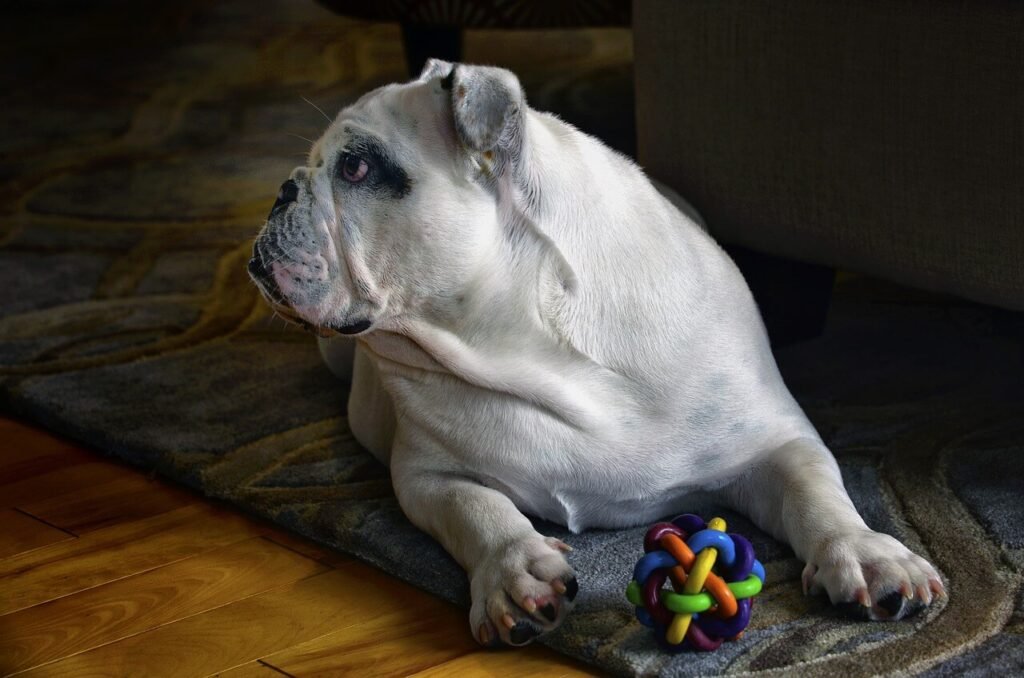
Pre-Surgery Checklist | Post-Surgery Care Tips |
|---|---|
Consult your veterinarian | Monitor incision site for signs of infection |
Conduct pre-surgical tests | Administer prescribed medications on time |
Adjust diet and exercise | Limit physical activity during recovery |
Prepare your home for recovery | Provide soft bedding and a quiet environment |
Gather necessary supplies | Schedule follow-up vet appointments |
What to Expect During Recovery from CBLO Surgery
Recovery from CBLO surgery is a critical phase that requires patience, attention, and consistent care. Understanding what to expect can help you support your dog through this healing period. Here are some key aspects of the recovery process:
Restricted Activity: Your dog will need to avoid running, jumping, or playing for several weeks to allow the surgical site to heal.
Pain Management: Your vet will prescribe pain medications to keep your dog comfortable during recovery.
Physical Therapy: Gentle exercises or rehabilitation may be recommended to restore strength and mobility gradually.
Follow-Up Appointments: Regular check-ups with your vet are essential to monitor progress and address any complications.
Behavioral Changes: Some dogs may seem anxious or lethargic after surgery; this is normal but should improve as they heal.
With proper care and supervision, most dogs recover successfully from CBLO surgery and regain their ability to move freely. Patience and consistency are key during this time.
Signs of Complications After CBLO Surgery
While complications from CBLO surgery are rare, it’s important to stay vigilant and watch for any signs that something might be wrong. Early detection of issues can prevent further problems. Here’s what to look out for:
Excessive Swelling or Redness: Around the incision site, this could indicate an infection or inflammation.
Limping or Reluctance to Walk: Persistent lameness may suggest improper healing or nerve damage.
Loss of Appetite: Refusal to eat or drink can signal discomfort or underlying health concerns.
Fever or Lethargy: These symptoms may point to an infection or reaction to anesthesia.
Bleeding or Discharge: Any unusual fluid coming from the incision site requires immediate attention.
If you notice any of these signs, contact your veterinarian promptly. Quick action can prevent minor issues from becoming major setbacks.
Benefits of CBLO Surgery for Dogs
CBLO surgery offers numerous advantages for dogs suffering from hip dysplasia or related conditions. Understanding these benefits can help you feel more confident about choosing this procedure for your pet. Here’s why CBLO surgery is often recommended:
Preserves Natural Anatomy: Unlike total hip replacement, CBLO preserves the dog’s natural joint structure, reducing recovery time and complications.
Improves Long-Term Mobility: By correcting alignment early, CBLO helps prevent future mobility issues caused by untreated hip dysplasia.
Reduces Pain: The procedure alleviates discomfort caused by joint misalignment, allowing your dog to move more freely and comfortably.
Minimally Invasive: CBLO involves smaller incisions compared to traditional surgeries, leading to faster healing and less post-operative pain.
Cost-Effective Option: While still a significant investment, CBLO is often more affordable than total hip replacement while delivering excellent results.
These benefits make CBLO a practical and effective solution for many dogs with hip-related issues. It’s a step toward giving your dog a pain-free and active life.
Tips for Managing Your Dog’s Post-Surgery Diet
Proper nutrition plays a crucial role in your dog’s recovery after CBLO surgery. A balanced diet supports healing and helps maintain a healthy weight, which is essential for joint health. Here are some tips for managing your dog’s diet during recovery:
Feed High-Quality Protein: Protein-rich foods promote tissue repair and muscle recovery after surgery.
Include Omega-3 Fatty Acids: These anti-inflammatory fats, found in fish oil or flaxseed, can reduce swelling and support joint health.
Avoid Overfeeding: Prevent excessive weight gain by sticking to portion-controlled meals to avoid added stress on healing joints.
Provide Joint Supplements: Glucosamine and chondroitin supplements may aid in cartilage repair and joint lubrication.
Stay Hydrated: Ensure your dog has constant access to fresh water to support overall health and recovery.
By focusing on proper nutrition, you can accelerate your dog’s healing process and reduce the risk of complications. A healthy diet is as important as rest and medication during recovery.
Activities to Keep Your Dog Mentally Stimulated During Recovery
While physical activity is restricted after CBLO surgery, it’s important to keep your dog mentally engaged to prevent boredom and anxiety. Mental stimulation can also aid in their emotional well-being during recovery. Here are some safe and fun activities to try:
Interactive Puzzle Toys: Toys that dispense treats or require problem-solving keep your dog entertained without physical strain.
Gentle Training Sessions: Practice basic commands like “sit” or “stay” to engage their mind while limiting movement.
Sniffing Games: Hide treats around a small, safe area and let your dog use their nose to find them.
Short Leash Walks: If approved by your vet, short, controlled walks can provide mental and physical stimulation.
Calming Music or TV: Playing soothing sounds or dog-friendly TV shows can distract and relax your dog during downtime.
These activities not only keep your dog happy but also strengthen your bond during their recovery period. A mentally stimulated dog is less likely to feel frustrated by restricted movement.
Frequently Asked Questions About CBLO Surgery for Dogs
What is CBLO surgery?
CBLO (Caudal Buttress Levator Ostectomy) is a minimally invasive orthopedic procedure to correct hip dysplasia and improve joint function in dogs.
Is CBLO surgery painful for my dog?
While the surgery itself involves anesthesia, your dog will receive pain management medications to ensure comfort during recovery.
How long does recovery take?
Recovery typically takes 6-12 weeks, depending on your dog’s age, size, and overall health.
Can CBLO surgery prevent arthritis?
Yes, by correcting joint alignment early, CBLO can reduce the risk of developing arthritis later in life.
Are there alternatives to CBLO surgery?
Other options include total hip replacement or conservative management, but CBLO is often preferred for younger dogs with developmental issues.
In Conclusion: Supporting Your Dog Through CBLO Surgery
CBLO surgery can be a life-changing procedure for dogs suffering from hip dysplasia or other joint-related conditions. While the idea of surgery may seem daunting, understanding the process and knowing how to prepare and care for your dog can ease your worries. With proper planning, attentive post-surgery care, and regular veterinary follow-ups, most dogs recover successfully and enjoy improved mobility and comfort. Remember, your love and support play a vital role in your dog’s healing journey. By staying informed and proactive, you’re giving your furry companion the best chance at a happy, active life.
Fluoxetine for Dogs: Best 7 Expert Tips! Discover expert advice on using fluoxetine safely, managing side effects, and improving your dog’s mental health effectively.
Megaesophagus in Dogs: Best 7 Expert Tips! Discover expert advice on symptoms, management, and care to improve your dog's quality of life with this challenging condition.
Giant Schnauzer Dog: Best 7 Expert Tips! Discover expert advice on training, grooming, and living with this intelligent, loyal breed for a happy and well-behaved companion.
Dog Jerky Recipe: Best 7 Expert Tips! Discover easy, healthy, and safe homemade dog jerky ideas with expert advice on ingredients, preparation, and storage for your pup's delight.


